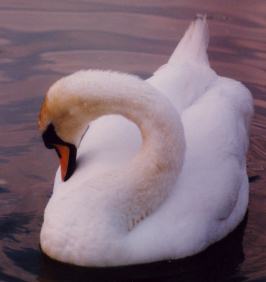CW mentality
In the sixties NMR was a young and successful technique, just like today. The common observe frequency was 60 MHz, and proton the common nucleus; FFT was one of the great achievements of the decade but was not yet implemented by routine instruments. To increase the readability of the spectra it was customary to plot them always from 10 to 0 ppm. You can understand that, if all spectra were taken at the same magnetic field and plotted on the same paper with the same limits, our colleagues of the previous generation soon developed an inner mechanism for pattern recognition of NMR spectra. Remember that they were already trained by the use of IR and UV spectroscopy.
Reading an NMR spectrum didn't take so much time; the value of two integrals or the position of a singlet could be the only information extracted, and it was enough, because that information came to enrich the findings of IR and elemental analysis.
In those days the only way to interpret the spectrum was by analogy with known compounds. Today CW-NMR (continuous wave) is definitely dead. We have FT-NMR (Fourier transform).
Many things have changed:
- Higher magnetic fields simplify the spectra.
- Bidimensional spectra are the routine.
- It is often possible to extract all the parameters (or a good portion of them). With the word "parameters" I mean here chemical shifts and Js.
- If we want to use analogy, we have databases of spectra and we have prediction programs.
- There is no need to resort to analogy and to pattern-recognition (although they are not dangerous). Many spectra can and should be assigned and interpreted with direct methods. Direct methods often don't require any special expertize. I include in the concept:
- a gradient cosy which can be acquired in a few minutes, using defalut parameters, and processed in a couple of seconds and a couple of mouse clicks;
- water exchange;
- correlating by the values of J: if only two multiplets show a J = 11 Hz they are obviously mutually coupled;
- observation of a roof-effect or of a characteristic broadening.
More powerful and useful methods exist, but this does not mean we can't save our time with older and simpler ones.
- a gradient cosy which can be acquired in a few minutes, using defalut parameters, and processed in a couple of seconds and a couple of mouse clicks;
- If we continue to print spectra from 10 to 0 ppm we can't see the Js no more, because now the magnetic field is 10 times higher, the spectra width (measured in Hz) is 10 times wider and Js appear narrower (10 times, if you measure them in mm of paper).
- We don't rely on IR and elemental analysis. NMR has taken the place of the former and MS the place of the latter.
- We can compare CW-NMR to painting, and FT-NMR to music. We can further divide FT-NMR in two eras. The ancient era, still predominant, is equivalent to recorded music. Modern day FT-NMR, still extraneous to the mentality of the majority, is like live music. Technologically we are well into this new era. The average mentality is still in the old era. The mind of many chemists is, unfortunately, still in the CW era.
NMR software is what created the "live music" era.

0 Comments:
Post a Comment
<< Home